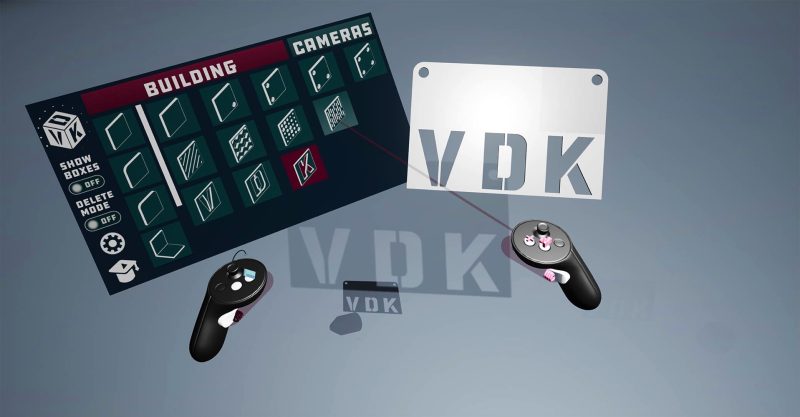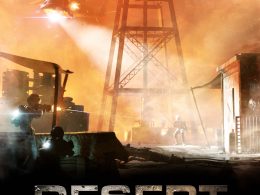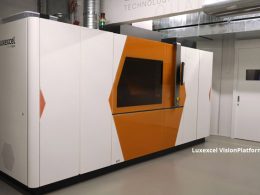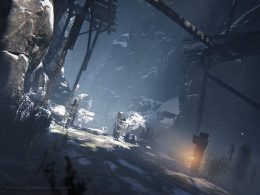The Virtual Design Kit (VDK), which was co-developed at Hyperwerk in Basel, aims to make it easier for people and companies to design metal structures themselves and produce them locally.
Advancing digitalisation and the development of technology show that metal construction will change significantly in the near future. Computer-controlled machines are changing conventional work processes. The main task of humans will be to create the data for production using CAD and 3D modelling software. These applications have a steep learning curve and require an enormous amount of time to master. VR offers the possibility of executing commands with familiar movements and interacting with virtual objects in a realistic way. This significantly accelerates learning progress and design processes. Three-dimensional visualisation in space brings new design methods and supports decisions in a design process. Solutions can be better designed, developed and communicated.
With the Virtual Design Kit (VDK), sheet metal constructions can be designed and realised in VR. The associated diploma project investigates how self-designed sheet metal constructions can be realised with virtual reality.
People and companies should be able to realise self-designed and locally produced metal constructions using this simple process. By involving the user in the design and realisation process, the creators hope to achieve more sustainable consumer behaviour between user and product.
Tobias Kappeler is a metalworker and is studying post-industrial design at HyperWerk at the FHNW Academy of Art and Design. He realised the 'Virtual Design Kit' project with his fellow students Christoph Schneider and Nicolas Dubied as his diploma thesis. The project was initiated by Vistom (Virtual Studios, Tools and Methods) and Virtual Valley (Forschungsgesellschaft für Entwurfsgestaltung) and developed in collaboration with the FHNW School of Architecture and Engineering and the Institute for Post-Industrial Design at the HyperWerk of the FHNW Academy of Art and Design.
In VDK, the user uses a virtual construction kit and designs using the 'drag and drop' method. The first prototype is designed to create lamps or equip sheet metal structures with light. The user can work in the virtual space with predefined components that join together magnetically when they overlap. They need no prior knowledge and can follow their construction process directly in front of them. Using a menu, they select different components via the controller and add them to the construction. They can arrange, separate or delete the parts as required.
The development of the design is calculated continuously. Because the application recognises overlap errors, the user can concentrate fully on the design. The user can export the unfolding directly from the virtual environment and send it to a laser cutter or a local laser cutting company. They receive the cut sheet metal piece back from there and can bend and assemble it by hand.
Source: hochparterre









